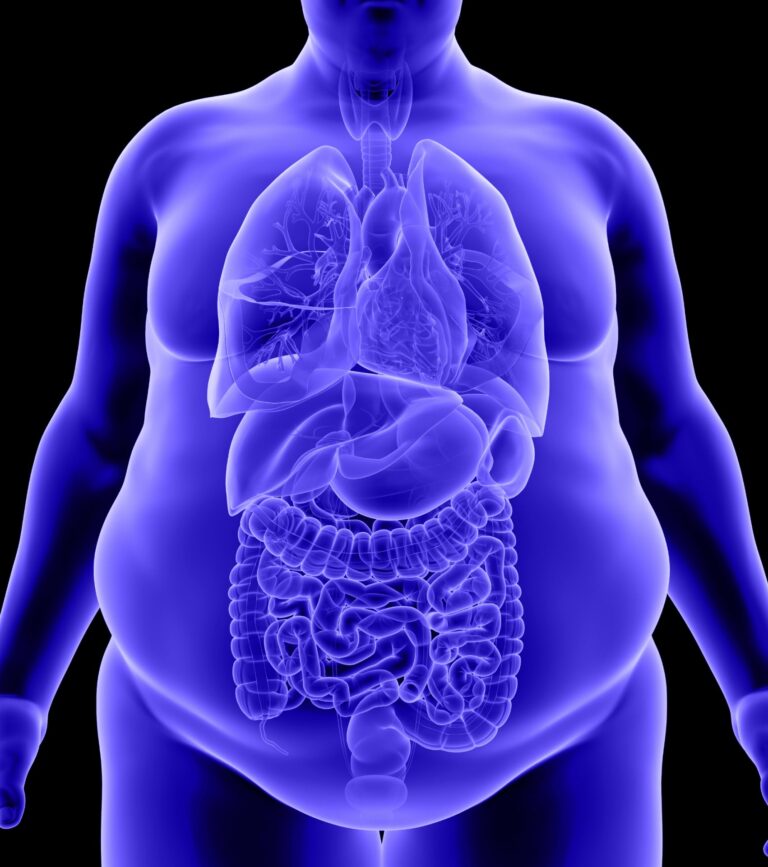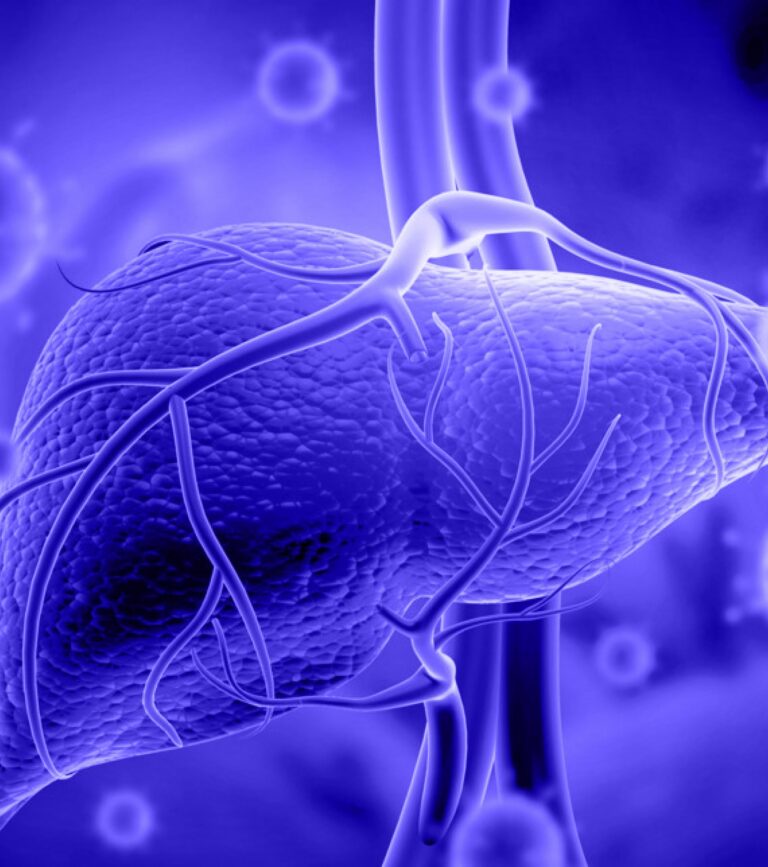- Our Expertise
- Metabolic Diseases : Binge Eating
Metabolic Diseases
Binge Eating : The most common eating disorder worldwide
Binge-eating disorder (BED) is a severe, life-threatening, and treatable eating disorder characterized by recurrent episodes of eating large quantities of food (often very quickly and to the point of discomfort); a feeling of a loss of control during the binge; experiencing shame, distress or guilt afterwards; and not regularly using unhealthy compensatory measures (e.g., purging) to counter the binge eating. BED is the most common eating disorder worldwide, affecting between 1.92 and 4.45% of young female depending on the country/continent studied. However, to date, and despite the high medical need, Lisdexamfetamine is the only approved therapy for BED.
worldwide
for Binge-eating
treatment to date

Models
We have developed and extensively characterized an intermittent access model of binge eating in female rat for chronic efficacy and MoA studies of compounds aiming BED. The model rapidly develops intermittent hyperphagia episodes that can be fully reverse with sibutramine and topiramate.
- Rat intermittent access model of binge eating.
Methods
- Body weight measurements
- Body composition by TD-NMR
- Food intake measurements (daily & during hyperphagia episodes)
- Adipose tissues and liver histology, proteomics & genomics
- Microbiome analysis





